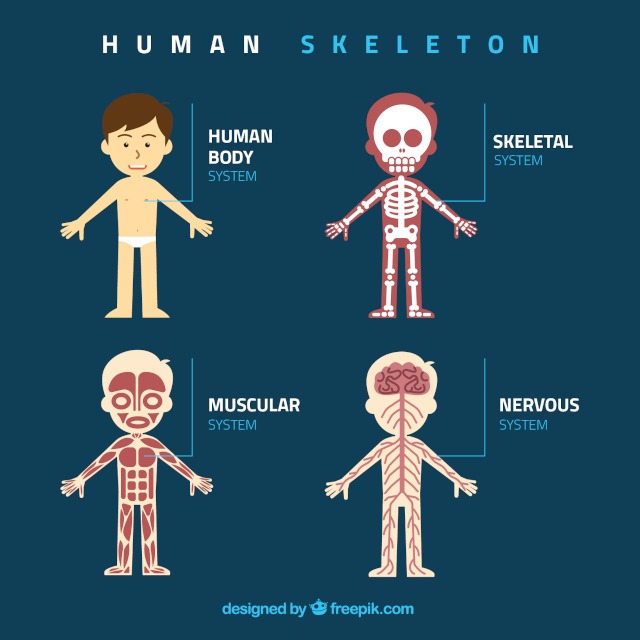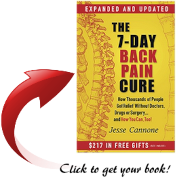Fascia is a densely woven connective tissue that surrounds and spreads through muscles, bones, nerves, and other structures throughout our body. It forms a continuous three-dimensional web that provides support and protection while allowing the structures (e.g., muscles, bones) to slide and move smoothly against each other within the human body. And before we continue, I want to mention that I am not a medical professional and what follows is not medical advice. I hope that you can use the following information as a steppingstone for your own research.

Image by Freepik
Key points about fascia:
- Structure and Composition: Fascia is primarily composed of collagen, elastin, and other proteins, forming a tough, yet flexible, web-like network throughout our body. It can vary in thickness and density in different parts of the body.
- Functions: Fascia plays several crucial roles in the body, including providing structural support, maintaining the body’s shape, facilitating movement by reducing friction between structures, and transmitting mechanical tension and force.
- Types of Fascia: There are different types of fascia found throughout the body, such as superficial fascia (located just beneath the skin), deep fascia (surrounding muscles, bones, and organs), and visceral fascia (enveloping internal organs).
- Role in Health and Wellness: Healthy fascia is essential for optimal movement, flexibility, and overall physical well-being. Dysfunction or restrictions in the fascial system can potentially lead to pain, limited range of motion, and postural issues.
- Research and Understanding: Fascia has gained increased attention in recent years within various fields, including anatomy, physical therapy, sports medicine, and bodywork methods/approaches (i.e., to focus on improving the body’s structure, movement, and overall health). Research continues to explore its roles, functions, and implications in health and rehabilitation.

Understanding the properties and functions of fascia is crucial in various practices, such as physical therapy, massage therapy, yoga, and sports medicine, as it can influence movement patterns, rehabilitation, and overall body mechanics.
It is important to note that while fascia is increasingly recognized for its significance in the body, there is ongoing research to further understand its complexities and its impact on various aspects of health and well-being.
To Your Success & Freedom,
Glenn Shimabukuro



